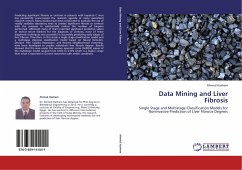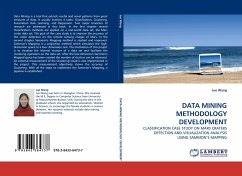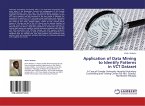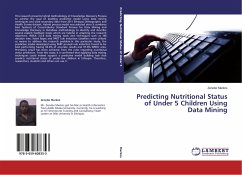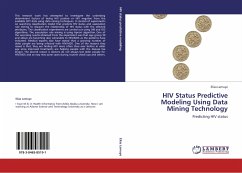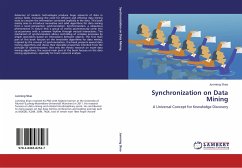Predicting significant fibrosis or cirrhosis in patients with hepatitis C virus has persistently preoccupied the research agenda of many specialized research centers. Many studies have been conducted to evaluate the use of readily available laboratory tests to predict significant fibrosis or cirrhosis with the purpose to substantially reduce the number of biopsies performed. Although many of them reported significant predictive values of several serum markers for the diagnosis of cirrhosis, none of these diagnostic techniques was successful in accurately predicting early stages of liver fibrosis. Therefore, in this study a single stage classification model and a multistage stepwise classification model based on Neural Network, Decision Tree, Logistic Regression, and Nearest Neighborhood clustering, have been developed to predict individual's liver fibrosis degree. Results showed that the area under the receiver operator curve (AUROC) values of the multistage model ranged from 0.874 to 0.974 which is a higher range than what is reported in current researches with similar conditions.

